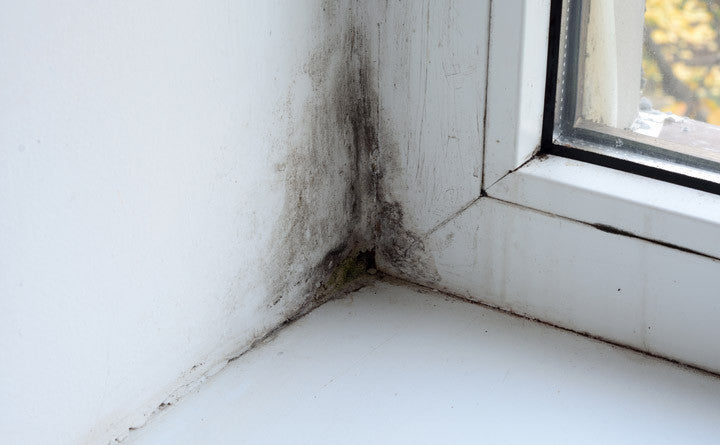Both mold and mildew are types of fungus. However, they are not the same and one shouldn’t be confused for the other. Mildew is unsightly and nobody wants to see it growing on their bathroom walls or floors. However, it isn’t as dangerous as some mold, which can lead to serious health problems for you and your family.
Mildew
Mildew is known as a surface fungus. It is grey or white in appearance. It is often seen growing in moist areas of a home, such as on shower or tub walls, bathroom floors, tiles, countertops, around sinks and even in refrigerators. It can easily be wiped away with a scrubbing brush and store-bought cleaning supplies. Once the mildew has been removed, monitor the surface to see whether or not it returns.
Mold
Mold is much more dangerous than mildew. It grows in a variety of colors, including dark green or black. It may even have a “fuzzy” appearance when you notice it. If not dealt with, mold can lead to serious health problems, including: severe headaches, allergies, skin rashes, eye irritation, respiratory problems, fatigue and more.
Getting rid of mold requires more than just cleaning the surface. You need to track down the cause of its growth. Mold needs three things to survive: moisture, high humidity levels and organic materials to feed off of. These three things are typically found in bathroom, kitchen, basement, crawl space and attic environments. Once you track down the cause of the problem, you may need help from a professional mold remediation company to get rid of it once and for all.
Understanding the difference between mildew and mold can help you know how to properly get rid of it.


